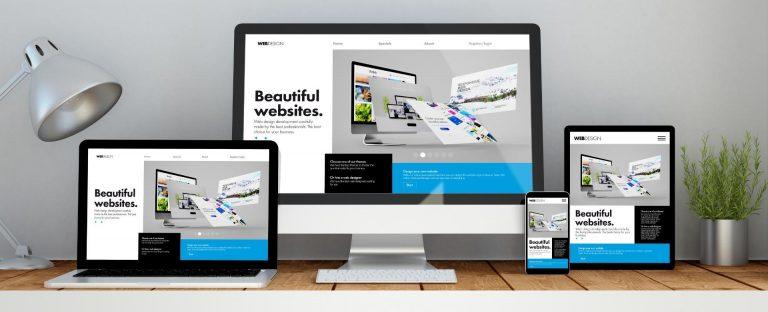When a website’s design contributes to its functionality, user experience, and suitably matches its content, it genuinely excels.
Even a seasoned web designer may be prone to overlooking these details if they believe that updating their website is the least important thing to worry about. A successful website, however, combines high-performing content with an outstanding user experience to ensure that your design is above and beyond.
You don’t want to spend time creating wonderful material for your blog or service pages only for it to be overlooked because of poor design, poor navigation, a confusing layout, or lost conversion possibilities.
1. Planning is a must


Start by outlining the steps a potential consumer must take to convert from a website visitor to a paying customer.
Consider which pages they will view, what material they will read, and which offers they will convert on when you do this. Knowing this will enable you to create a website that really aids in nurturing leads through the sales funnel.
2. Reduce Friction


It’s good interface hygiene to lower friction. An interface with no friction results in simple interactions, or clean interactions. In this article, we’ll examine the value of motivation, show you some patterns that help, and explain how prototyping can help you clean up your interface by minimising friction.


New kinds of entertainment and social media. Access to information and the ability to give a voice people who would never have been heard. Bill Gates
3. Social Proof


If you purchase on Amazon like the majority of users, it’s likely that you favor items with a preponderance of four- or five-star reviews from customers who detailed their interactions with a given product.
By reading these reviews, we develop confidence in the product that it will fulfill our needs and perform what it says, which encourages us to buy it.
Your website and product both suffer from the same consequences. Users are 58% more likely to purchase your product if they see compelling testimonials from genuine individuals, according to studies.
4. Implement CTA


You must direct website visitors to areas that will nurture them toward conversion after they arrive on your site. Make it simple for them since people are lazy. Don’t make people work too hard to find what they’re looking for; just point them in the correct way.
Using call-to-actions strategically placed in places like the top right of your navigation, beneath sections that call for action, and at the bottom of your website pages is one of the greatest methods to improve your web design with this in mind.
5. Optimization


You must now invest the necessary time in mobile site optimization.
If you didn’t already know, 80% of internet users use smartphones, and according to Google, 40% of consumers visit a competitor’s website in place of 61% of users who had problems accessing a mobile site.
To find out more about what we do at Xpansion Design click here.




